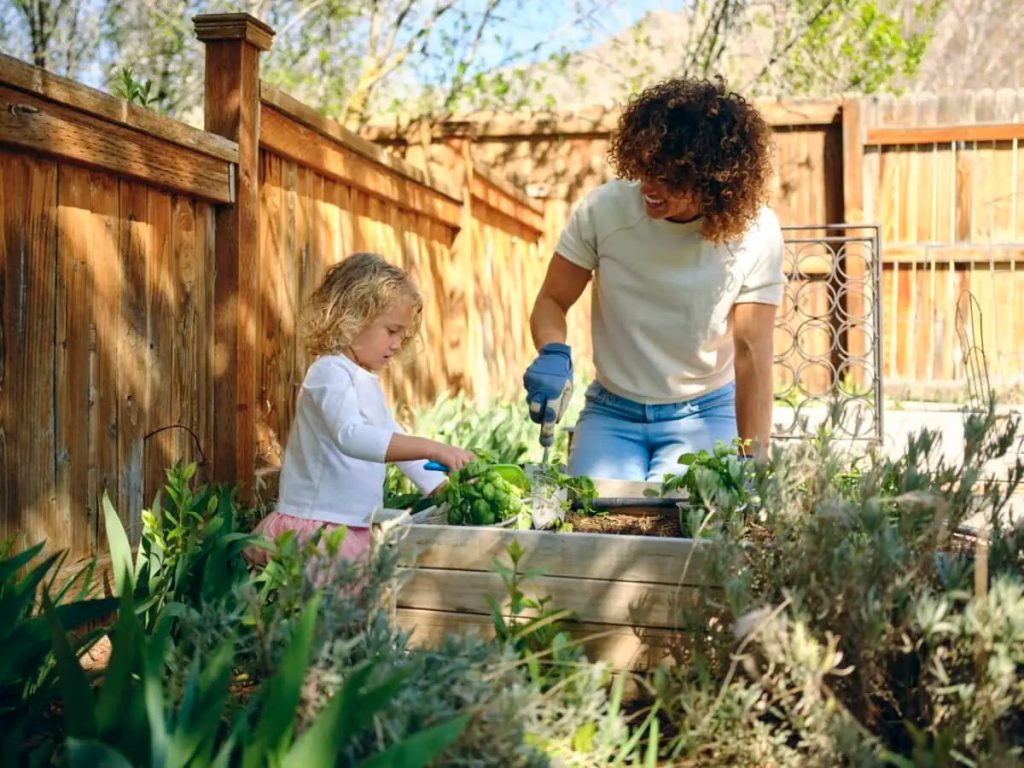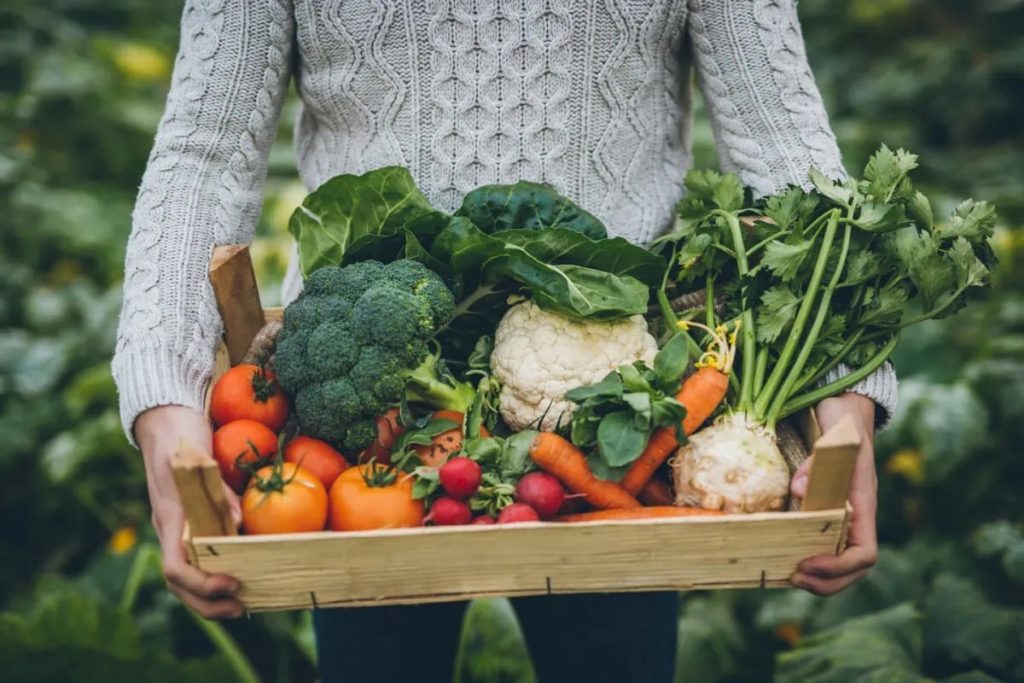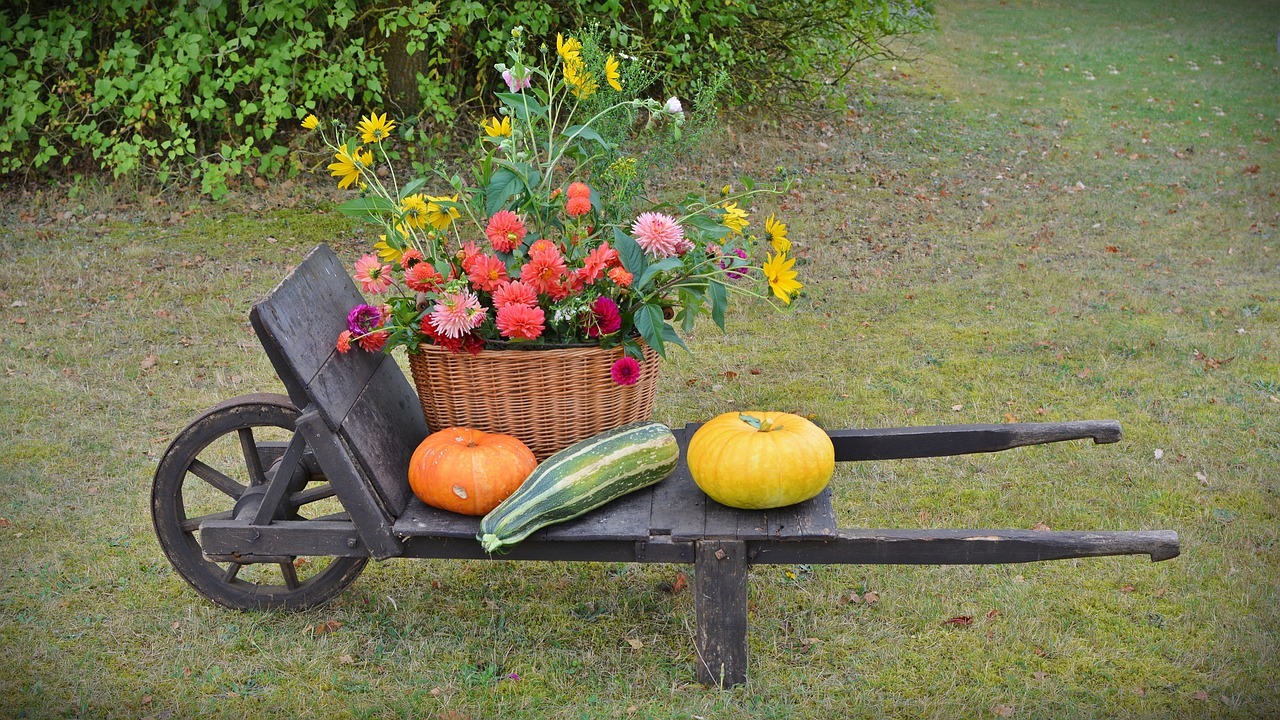Step-by-Step Tutorial: How to Start Your Own Vegetable Garden at Home
Starting a vegetable garden can be a fun and rewarding experience for anyone, whether you’re good at gardening or not. Not only will it provide you with fresh and healthy produce, but it will also save you on grocery bills and reduce your carbon footprint. However, the process of starting a vegetable garden can seem daunting, especially if you are a beginner. In this Redfin article, we’ll guide you through the step-by-step process of starting a vegetable garden at home and give you some tips from the experts to help you succeed. Whether you live in a home in Irvine, California, or an apartment with a patio in Myrtle Beach, South Carolina, read on for everything you need to know about how to start a vegetable garden.

Step 1: Determine the correct location
The first step in starting a vegetable garden is determining the right location. This is crucial because a garden’s success depends largely on the amount of sunlight it receives. Most vegetables need at least six hours of direct sunlight per day, so choose a sunny location. Also, make sure the location is easily accessible and has good drainage.
“The most important considerations for a new vegetable garden are location, specifically sunlight and soil. While some leafy green vegetables can grow well in areas with less than eight hours of direct sunlight per day, most fruit vegetables such as tomatoes and cucumbers need more than 8 hours a day for maximum productivity,” says Jill McSheehy of Beginner’s Garden. “Good soil is also crucial. If your ground is too rocky or doesn’t drain well, consider raising beds or containers so you can control the quality of the soil your vegetables need to survive.”
Step Two: Choose the Right Vegetables
The next step is to choose the right vegetables for your garden. This depends on several factors, including your climate, soil type, and the amount of space available. It’s important to choose vegetables that are suitable for your area and that you enjoy eating. The climate in your area plays a big role in determining which vegetables will thrive in your garden. “Start small,” says garden author Julie Bawden Davis. “Little vegetable gardeners tend to become overzealous, trying to grow many plants, only to feel overwhelmed or disappointed if the plants don’t do well with their choices. Choose 3 to 4 vegetables that you and your family really enjoy, and then focus on being the best at those vegetables.”
According to Jennifer Dyer of Under the Maple Tree, it’s best to “only plant vegetables you actually enjoy eating. Often, new gardeners underestimate the yield of a vegetable garden. Plants grow with the heat of summer. Unless you plan on canning or preserving, you just want to grow something your family can eat during a season. You also want to make sure the vegetables you harvest are the family’s favorite.”
Cool-season vegetables
Cool-season vegetables prefer cooler temperatures and can tolerate some frost. These vegetables can be planted in early spring or late summer for a fall harvest. Examples of cool-season vegetables include:
- Lettuce: Lettuce is a popular cool-season vegetable that is easy to grow and comes in many different varieties. It grows best at temperatures between 45°F and 75°F.
- Broccoli: Broccoli is a nutrient-dense cool-season vegetable packed with vitamins and minerals. It grows best at temperatures of 60°F to 65°F.
- Cauliflower: Cauliflower is another cool-season vegetable that is a good source of vitamin C and fiber. It grows best at temperatures between 50°F and 80°F.
- Peas: Peas are a popular cool-season vegetable that is easy to grow and comes in many different varieties. They like temperatures between 55°F and 75°F.
Warm Season Vegetables
Warm-season vegetables, as the name suggests, prefer warm temperatures and cannot tolerate frost. These vegetables should be planted in late spring or early summer for a summer harvest. Examples of warm-season vegetables include:
- Tomatoes: Tomatoes are a popular warm-season vegetable and come in many different varieties. They like temperatures between 70°F and 85°F.
- Chili Peppers: Chili peppers are another popular warm-season vegetable that comes in many different varieties. They like temperatures between 70°F and 85°F.
- Cucumbers: Cucumbers are a refreshing warm-season vegetable that is easy to grow and comes in many different varieties. They like temperatures between 70°F and 85°F.
- Squash: Squash is a versatile warm-season vegetable that comes in many different varieties. It likes temperatures between 70°F and 95°F.
It’s also important to consider soil type and available space when choosing vegetables for your garden. Some vegetables, like tomatoes and peppers, require a lot of space and support, while others, like lettuce and radishes, can be grown in less space.
“Growing your own food is beneficial, healthy, convenient, and sustainable,” says Val Taylor of the Floretum Garden Club in Edmonds. “A few tips for beginners: start by planting what you like to eat and whatyou have space for. Consider the size of the mature plant and make sure it fits in your garden or containers. Also, pay attention to the soil requirements of each vegetable. Some vegetables prefer well-draining soil, while others thrive in more moisture-retentive soil. Testing your soil’s pH and fertility levels can help you determine if any amendments are needed.”

Step Three: Prepare the Soil
Once you’ve chosen the vegetables you want to grow, it’s time to prepare the soil. Good soil is essential for a successful vegetable garden. Start by removing any weeds, rocks, or debris from the area. Loosen the soil with a garden fork or tiller to a depth of about 8 to 12 inches. This will help improve drainage and allow the roots to penetrate easily. Add organic matter, such as compost or well-rotted manure, to enrich the soil and improve its structure. Work the organic matter into the soil thoroughly.
Step Four: Plant the Vegetables
After preparing the soil, it’s time to plant your vegetables. Follow the planting instructions for each vegetable, as different plants have different spacing and planting depth requirements. Some vegetables can be directly sown into the ground, while others may need to be started indoors and transplanted later. Water the newly planted vegetables gently but thoroughly.
Step Five: Provide Care and Maintenance
Once your vegetables are in the ground, they will require care and maintenance to ensure their healthy growth. Here are some essential tasks to consider:
- Watering: Vegetables need consistent moisture to grow properly. Water your garden regularly, aiming to keep the soil evenly moist but not waterlogged. Deep watering is better than frequent shallow watering, as it encourages deep root growth. Mulching can help retain moisture and prevent weed growth.
- Weeding: Keep your garden free from weeds, as they compete with your vegetables for nutrients and water. Regularly inspect your garden and remove any weeds that appear.
- Fertilizing: Some vegetables may benefit from additional fertilization during their growing season. Use organic fertilizers or compost to provide the necessary nutrients. Follow the instructions on the fertilizer package for application rates.
- Pest and disease control: Monitor your plants for any signs of pests or diseases. Identify the issue early and take appropriate measures to control the problem. Organic pest control methods, such as hand-picking pests or using natural insecticides, are recommended.
- Supporting plants: Some vegetables, like tomatoes and cucumbers, may require support as they grow. Use stakes, cages, or trellises to support the plants and prevent damage to the fruits.
- Harvesting: Harvest your vegetables when they are ripe and ready to be picked. Different vegetables have different maturity times, so refer to the specific instructions for each plant. Harvesting regularly encourages continuous production.
By following these steps and providing the necessary care, you can start a successful vegetable garden and enjoy the fruits of your labor.
Remember that gardening is a continuous learning process, and don’t be discouraged by any setbacks or failures. Experiment, observe, and adapt your gardening practices based on your experience. Over time, you’ll become more skilled and knowledgeable, and your vegetable garden will flourish. Happy gardening!





